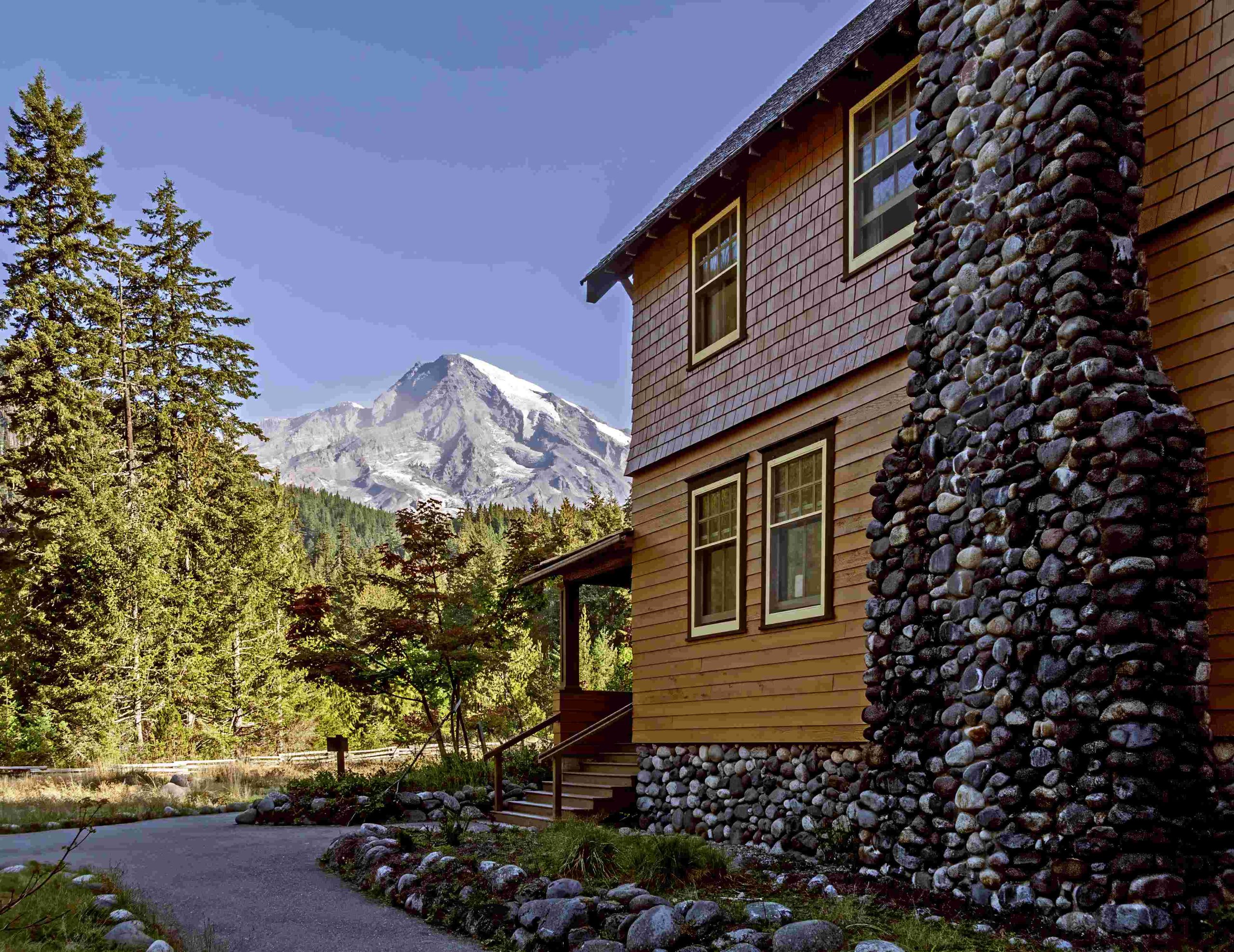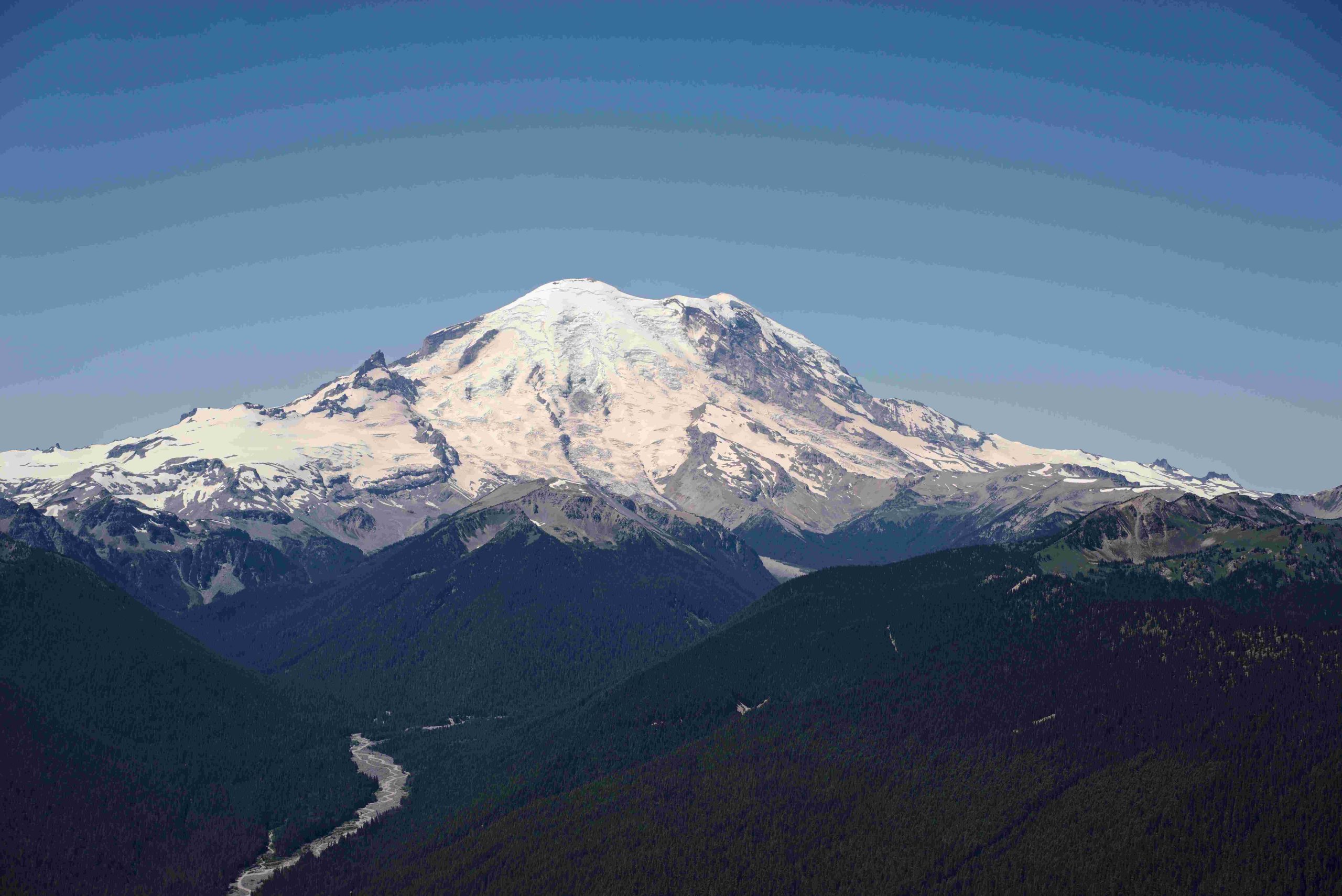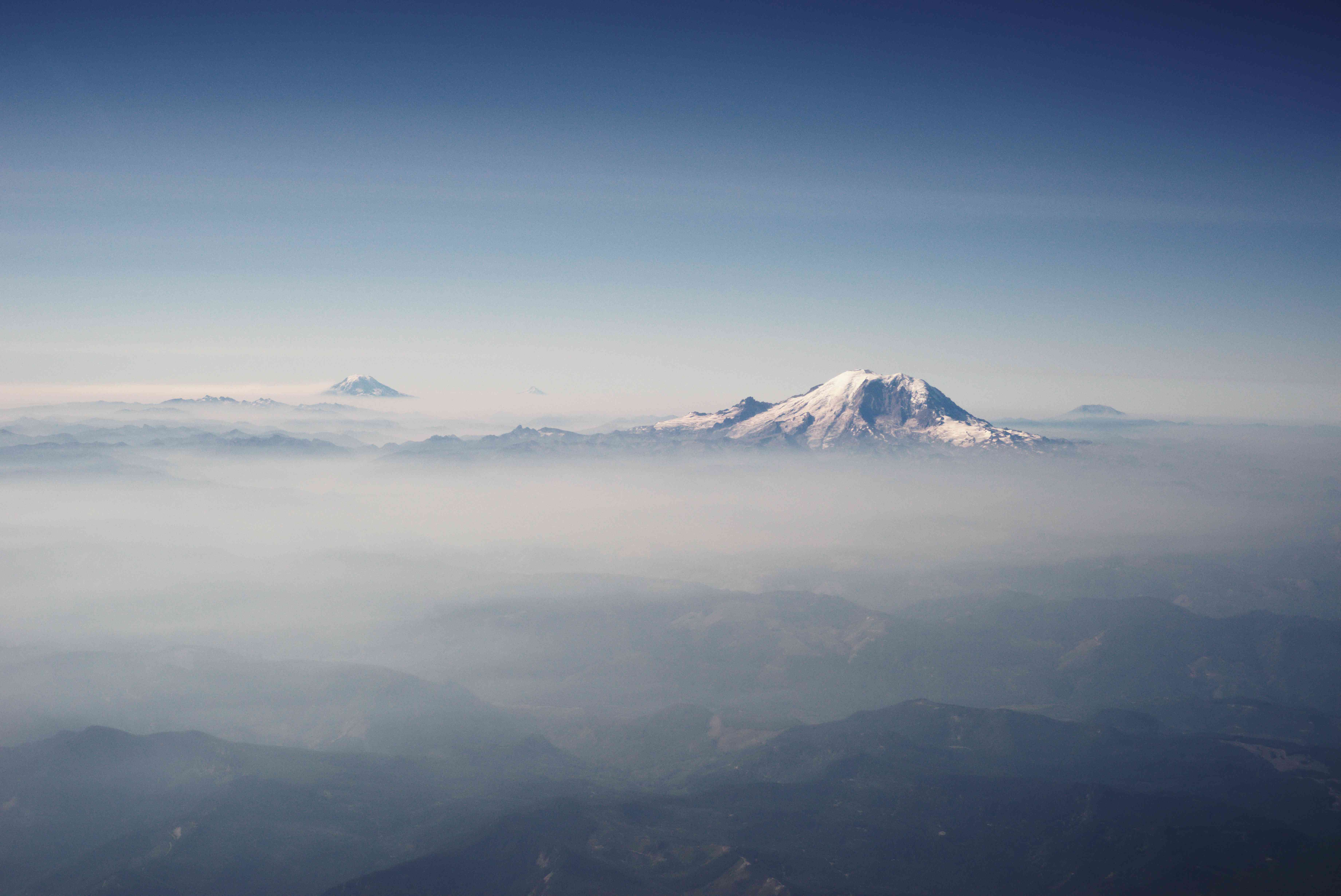Mount Rainier, the iconic peak in Washington State, has a complex history of names reflecting its indigenous significance and European exploration impact. The mountain’s real name is a subject of ongoing debate and cultural reclamation efforts. Known by several indigenous names, including Tahoma and Tacoma, the peak was later renamed Mount Rainier by British explorer Captain George Vancouver in 1792. This article delves into the rich tapestry of names associated with this majestic mountain and the efforts to restore its original identity.
What Are the Indigenous Names for Mount Rainier?

Mount Rainier has been known by several indigenous names, each carrying deep cultural significance:
- Tahoma or Tacoma: Derived from the Lushootseed language, these names translate to \”the mother of all waters\” or \”the mother of waters.\”
- xʷaq̓ʷ: Meaning \”sky wiper\” or \”one who touches the sky\” in Lushootseed.
- təqʷubəʔ: Another Lushootseed name, often anglicized as \”Tacoma\” or \”Tacobet.\”
These names reflect the mountain’s importance as a life-giving source of water and its towering presence in the landscape.
How Did Mount Rainier Get Its Current Name?

The story of Mount Rainier’s current name is rooted in European exploration:
- Captain George Vancouver named the mountain in 1792.
- He chose to honor his friend, Rear Admiral Peter Rainier of the British Navy.
- This naming occurred without consideration of existing indigenous names.
- The United States Board on Geographic Names officially adopted \”Mount Rainier\” in 1890.
What Efforts Have Been Made to Restore the Original Name?
Several attempts have been made to restore the mountain’s indigenous name:
- Late 19th/Early 20th Century: Movement to rename it \”Mount Tacoma\”
- Recent Years: Puyallup Tribe’s effort to rename it \”Mount Taquoma\” or \”Mount Tahoma\”
These efforts are part of a broader movement to recognize and respect indigenous cultural heritage.
How Have Historical Events Impacted the Mountain’s Name?
Several key events have influenced the naming and management of Mount Rainier:
| Event | Year | Impact |
|---|---|---|
| Treaty of Medicine Creek | 1854 | Ceded tribal lands to U.S. government |
| Treaty of Point Elliot | 1855 | Further land cessions |
| Treaty with the Yakama | 1855 | Additional land agreements |
| Establishment of Mount Rainier National Park | 1899 | Solidified use of \”Mount Rainier\” name |
These events marked significant shifts in land management and naming practices, often at the expense of indigenous preferences.
What Is the Cultural Significance of Mount Rainier’s Name?
The name of Mount Rainier carries deep cultural significance:
- For indigenous peoples, it represents ancestral connections and spiritual importance.
- The European name reflects the history of exploration and colonization.
- Current efforts to restore indigenous names highlight the ongoing process of cultural reclamation and recognition.
How Does the Name Debate Affect Tourism and Education?
The discussion around Mount Rainier’s real name has impacted tourism and education in several ways:
- Cultural Acknowledgment: Increased efforts to honor ancestral stewards of the land.
- Educational Programs: More emphasis on traditional knowledge and indigenous management of the landscape.
- Tourism Materials: Greater inclusion of indigenous names and cultural information.
- Land Acknowledgments: Formal recognition of tribal connections to the mountain and surrounding areas.
These changes promote a more inclusive and respectful approach to tourism and education around Mount Rainier.
What Are the Arguments for and Against Changing the Name?
Arguments for changing the name:
– Restores cultural heritage
– Acknowledges indigenous history and presence
– Promotes cultural respect and understanding
Arguments against changing the name:
– Historical continuity of current name
– Potential confusion for tourism and navigation
– Cost and logistical challenges of renaming
How Does the Mount Rainier Name Debate Reflect Broader Cultural Issues?
The debate over Mount Rainier’s real name is emblematic of larger cultural discussions:
- Decolonization of place names
- Recognition of indigenous rights and history
- Balancing historical preservation with cultural restitution
- The role of government in arbitrating cultural naming disputes
This ongoing conversation reflects the complex interplay between history, culture, and identity in modern society.
What Steps Are Being Taken to Address the Naming Controversy?
Several steps are being taken to address the Mount Rainier naming controversy:
- Tribal consultations with National Park Service
- Public education campaigns about indigenous history
- Inclusion of indigenous names on park signage and materials
- Ongoing discussions with state and federal naming boards
These efforts aim to find a balance between historical recognition and cultural restoration.
The debate over Mount Rainier’s real name continues to evolve, reflecting broader societal changes and a growing awareness of indigenous rights and cultural heritage. As discussions progress, the mountain stands as a testament to the complex layers of history and identity that shape our understanding of place and belonging.
References:
1. https://www.koin.com/news/washington/tribes-in-washington-push-to-rename-rainier-to-mt-taquoma/
2. https://en.wikipedia.org/wiki/Mount_Rainier
3. https://www.nps.gov/mora/learn/historyculture/mount-rainier-history.htm

